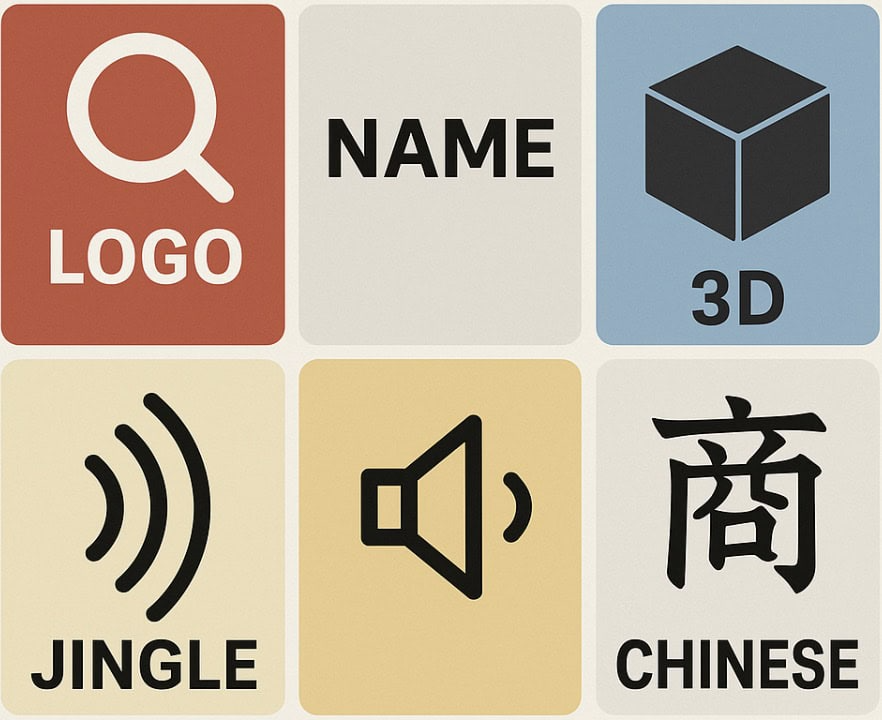Many entrepreneurs register only their logo or their name in French, believing they are protected. This is a mistake. In China, registering a trademark in Latin characters does not protect the Chinese translation or the phonetic version.
Let’s take an example:
- Pierre Marcolini, a Belgian chocolatier, had not anticipated the registration of his name in Chinese. As a result, a competing brand exploited his phonetic name with no immediate legal recourse.
- Groupe Castel, once again, had not secured all linguistic versions of its trademark, leaving room for malicious filings in other classes.
Moreover, registering only a logo prevents you from taking action if a third party uses the name alone. A combined filing (name + image) does not automatically grant individual protection for each element.
This trap of partial registration is especially dangerous given how strict Chinese case law is: only what is explicitly registered is protected. A foreign company that registers only a stylized logo may see its name exploited by a local competitor with no legal recourse.
It should also be noted that registering a logo alone does not protect the Chinese translation or transliteration of the brand. Yet in the Chinese market, consumers primarily remember brand names written in Chinese characters, and this is the version that circulates in commercial channels, online platforms, and local social media.
In short: registering a logo is good. But registering the name separately, in both French and Chinese, is better — if not essential.
Get a free audit of your existing trademark registration in China..







